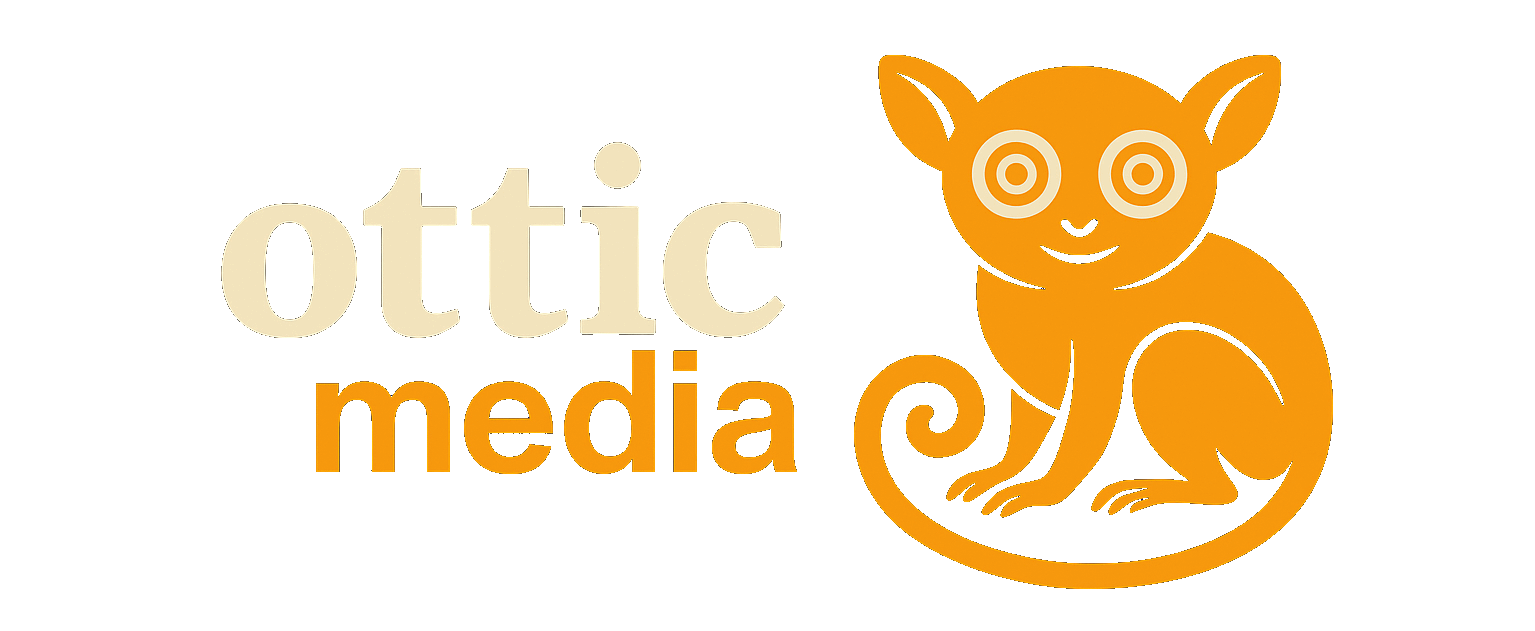The textile industry is at an inflection point. Traditional fabrics like cotton and polyester are resource‑intensive and environmentally unsustainable. Meanwhile, innovative materials derived from seaweed, pineapple, mushrooms, and other botanicals are already proving superior in both sustainability and potential scalability.
Here’s what leaders need to know:
Seaweed: Marine‑Based and Scalable
Seaweed‑derived fibers offer a compelling alternative to synthetics. They grow quickly, require no freshwater or arable land, and naturally absorb CO₂. Early‑stage production demonstrates high potential for quality and performance. The barrier is no longer technology—it’s accelerating scale and driving down cost through investment and supply chain alignment.
Pineapple (Piña): A Proven Heritage Textile, Ready for Global Markets
For centuries, piña has been a staple of Filipino formalwear. Today, modern processing techniques are unlocking its viability for broader applications. Piña is lightweight, breathable, and needs minimal chemical treatment. Brands serious about sustainable differentiation should be incorporating it into premium collections now—not waiting for competitors to act first.
Mushroom Leather: The Only Viable Animal‑Free Leather Alternative
Mycelium‑based leather is more than a trend; it’s a category‑defining material. Durable, water‑resistant, compostable, and animal‑free, it positions brands ahead of shifting consumer preferences and regulatory pressures. Major players are already piloting mushroom leather products.
Other Emerging Fibers
Banana stem, lotus, hemp, algae: these aren’t experiments—they’re viable pipelines of innovation. Each with unique properties, each demanding strategic evaluation.
Why This Matters Now
✅ Lower environmental footprint
✅ Biodegradability
✅ Growing consumer demand for sustainable luxury
These are not fringe movements. They are fast becoming competitive necessities.
What’s Holding Brands Back
Underinvestment: Sustainable materials require upfront commitment.
Inertia: Legacy supply chains resist change.
Lack of consumer education: Brands that lead the narrative will own the category.
The Opportunity
Strategic adoption of these next‑generation materials is a brand equity decision, not just an operational one. Leaders who act decisively will not only mitigate environmental risk but also capture premium positioning in an increasingly conscious market.
The future of textiles is not manufactured—it’s grown. And it’s here.
